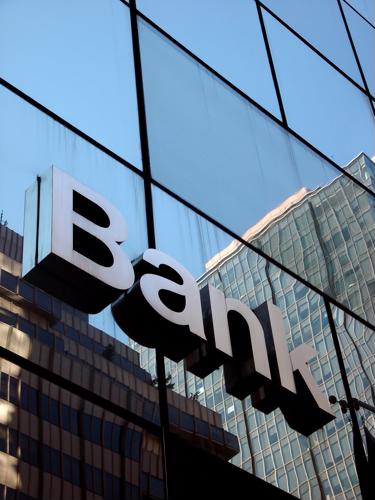
Digital banking trends
By Max BurkhalterJune 1, 2022
Online transactions kickstarted the digital banking industry in the nineties. Back then, the thought of trusting financial processes to the Wild West of the internet gave many consumers pause. These days, society's trepidation regarding online exchanges has certainly changed.
A recent Researchnester report indicates that the global digital banking market is estimated to enjoy a compound annual growth rate (CAGR) of 7% between 2022 and 2030. Increased consumer trust and adoption of digital transactions, together with greater security and convenience, are responsible for the impressive market uptick.
The Internet of Things (IoT) is credited with advancements in the eCommerce industry that drive this impressive growth. This article will examine the latest technology trends making online banking more reliable than ever.
Mobile banking … makes fees disappear?
The financial technology (fintech) industry has leveraged several advancements in mobile banking with an eye toward revenue generation by means of hidden fees and confusing terms. As reported by Forbes, all that may be about to change. The gradual transition from transparent fees such as overdrafts to a "donation-based" model adopted by some fintech firms slowly began to raise public awareness regarding the charges they faced for online banking. This model, facing increasing consumer scrutiny, has resulted in banks adopting IoT tech such as conversational AI and cloud-based user data to offer direct, bespoke financial advice to serve the interests of the consumer, and not the bank.

Embedded financial services increase convenience
Embed.io defines embedded banking as the digitization of traditional financial tools – think debit cards and checking accounts – into non-financial platforms. Integrating these payment options directly into retailers and online marketplaces allows customers to eliminate the middleman in a purchase transaction.
Imagine furniture shopping online and not having to proceed to a third-party checkout. As outlined by Treasury Prime, big retailers like IKEA and Walmart have already implemented embedded payment options as part of the technology solution banking as a service (BaaS) provides.
Non-financial businesses employ BaaS providers to handle everything from user authentication protocols to database management so that retailers can focus solely on the customer experience that drives business outcomes.
Future Market Insights reports that the embedded finance market is set to grow at a CAGR of 16.4% between 2022-2032, with value projections estimated to clear $284.4 billion in ten years.
The market at the intersection of finance and technology –powered by IoT innovation – seems poised to enjoy exponential growth within the next decade. The convenience and transparency of online banking, combined with exciting new platforms and an overhaul of conventional banking charges, is building consumer confidence in a vertical that was once feared for its ambiguity and lack of information.
Partners in innovation
Perle is proud to partner with leaders in the fintech sector. To learn more about how Perle terminal servers are providing connectivity for today's banking technology initiatives, visit our financial solutions page.



